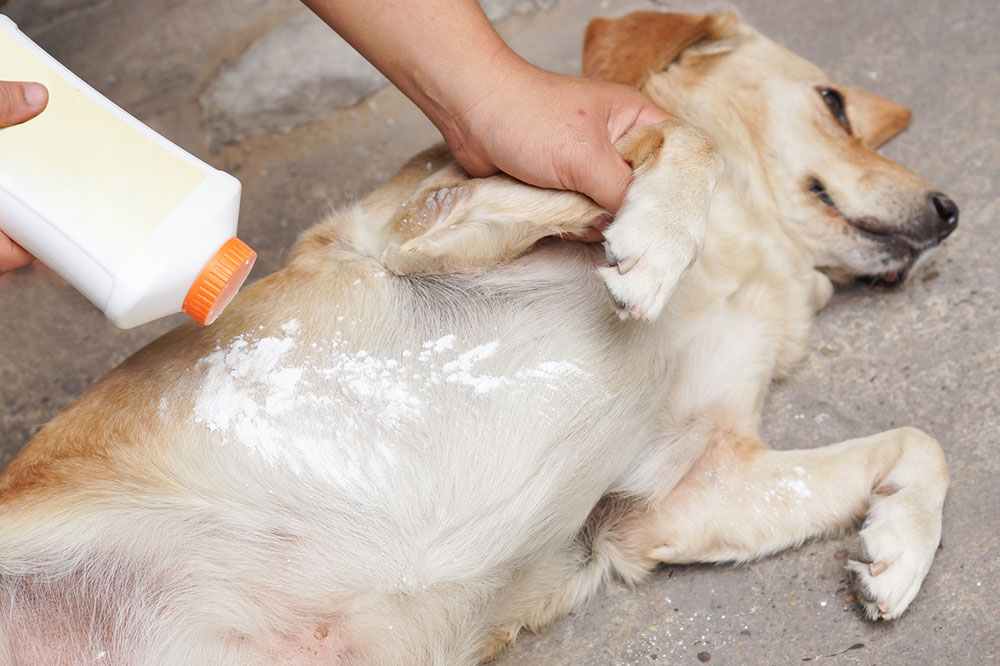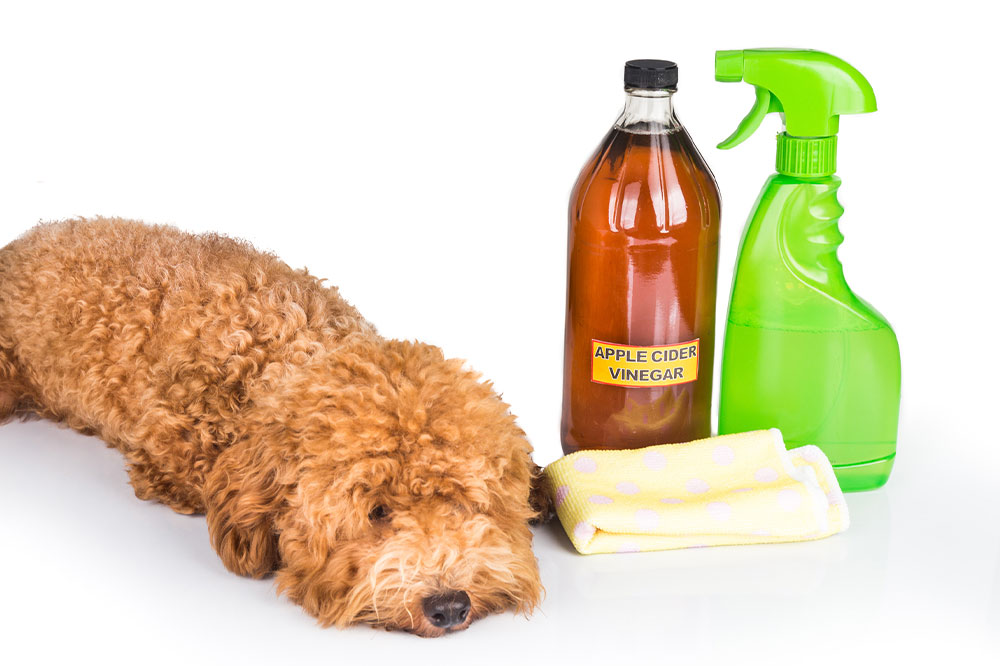Comprehensive Natural Approaches to Deterring Fleas and Ticks from Pets and Home Environments
Discover comprehensive natural solutions to effectively eliminate fleas and ticks from your pets and home. This guide offers safe, eco-friendly methods including essential oils, cleaning routines, homemade repellents, and preventive tips to ensure your pet's health and household hygiene. Learn how to create a pest-free environment using natural ingredients and proactive strategies for long-term protection.

Holistic and Natural Methods to Safeguard Pets Against Fleas and Ticks
Owning a pet brings immense joy and companionship, but it also involves the responsibility of maintaining their health and comfort. Pet owners who choose to adopt or rescue animals demonstrate a deep commitment to animal welfare, and ensuring their pets are free from pests like fleas and ticks is a crucial part of this care. Fortunately, there are several natural, safe, and environmentally friendly strategies that can help in preventing and eliminating these pests, while also promoting a healthier home environment for your entire family.
Utilize Essential Oils for Pest Repellent
Essential oils are renowned for their potent aromas and natural pest-repelling properties. When properly diluted and used appropriately, essential oils such as lavender, eucalyptus, tea tree, and citronella can serve as effective repellents for fleas and ticks. Lightly applying a diluted mixture onto your pet’s fur—after conducting a patch test to ensure no allergic reactions—can create a protective barrier that discourages these parasites from attaching. Remember, essential oils are highly concentrated, so always dilute with carrier oils or water before use and consult your veterinarian regarding the safest options for your specific pet species and breed.
Maintain a Clean and Hygienic Living Space
A consistently clean environment plays a significant role in preventing flea and tick infestations. Regularly vacuuming carpets, rugs, upholstered furniture, and pet bedding helps remove hair, dander, and any existing pests or their eggs. Washing pet bedding and human bedding with hot water and non-toxic detergents further diminishes breeding grounds for parasites. Keeping your home dry and free from clutter not only enhances overall hygiene but also minimizes hiding spots for fleas and ticks, reducing the likelihood of infestation.
Create and Use Natural Homemade Flea Repellents
If avoiding chemicals is a priority, homemade flea repellents offer a safe and effective alternative. Combine ingredients like white vinegar, water, and pet-safe essential oils in a spray bottle to create an eco-friendly pest deterrent. For example, mixing one cup of white vinegar with three cups of water and adding a few drops of lavender or citronella oil results in a powerful yet gentle spray suitable for spraying onto your pet, their bedding, and common areas where your pet interacts. Always perform a patch test and verify that the ingredients are safe for your pet’s specific species and skin sensitivity before widespread use.
Implement Preventive Care Strategies
Prevention remains the most effective approach to controlling fleas and ticks. Maintaining a tidy yard, trimming grass regularly, and removing leaf litter reduces potential habitats for these pests. Applying natural or commercially available preventatives, such as flea collars with natural ingredients or topical treatments, is recommended by many veterinarians. Regular veterinary check-ups for your pets help catch any early signs of infestation and ensure they are protected with appropriate prevention measures. Combining environmental management with routine pet care enhances your ability to keep fleas and ticks at bay, ensuring your pets remain comfortable and healthy year-round.





